NRAO eNews
Volume Vol#, Issue Iss#
Day# Month# Year#
NRAO eNews
Volume Vol#, Issue Iss# • Day# Month# Year#

Upcoming Events

8th VLA Data Reduction Workshop
Mar 15 - Apr 1, 2021 | Virtual
2021 Jansky Fellowship Awarded
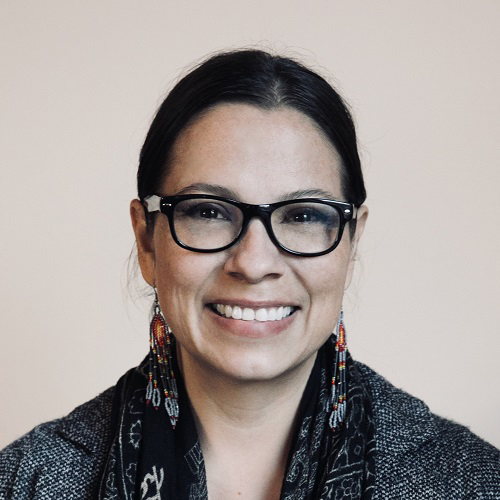
Julia Blue Bird
The National Radio Astronomy Observatory (NRAO) Jansky Fellowship program provides outstanding opportunities for research in astronomy. Jansky Fellows formulate and carry out investigations either independently or in collaboration with others within the wide framework of interests of the Observatory. The program is open each fall to candidates with interest in radio astronomy techniques, instrumentation, computation, and theory. Multi-wavelength projects leading to a synergy with NRAO instruments are encouraged.
We are pleased to announce that one new Jansky Fellow will be joining NRAO Socorro in fall 2021. Julia Blue Bird is a 2021 PhD candidate at Columbia University working with Jacqueline van Gorkom. Julia’s PhD thesis research is focused on galaxy evolution with respect to large-scale structure across cosmic time. A main focus of Julia’s thesis research involves interpretation of the COSMOS HI Large Extragalactic Survey (CHILES) measurements. Julia intends to continue her research with the CHILES measurements through a number of studies, including a characterization of the gas/star mass fraction as a function of redshift. Julia also has a strong commitment to education and public outreach. As a member of the Oglála Sioux Tribe of South Dakota, Julia intends to reach out to the Native American communities in New Mexico during her Jansky Fellowship with a goal to advance STEM education and understanding within those communities.
ALMA Ambassadors for 2021
The North American ALMA Science Center (NAASC) is excited to announce the 2021 ALMA Ambassadors. The Ambassadors program is at the core of the NAASC efforts to reach out to potential ALMA Principal Investigators, and we are grateful for the Ambassadors' contributions to the community. We are looking forward to virtually meeting with the Ambassadors 16-19 February 2021 and working with them on a series of online proposal preparation events. Training will include topics related to ALMA proposal writing, including: interferometry basics, ALMA science capabilities, recent ALMA headlines, use of the Observing Tool, and guidance with speaking on these topics.
The ALMA Ambassadors will host a series of online talks and tutorials targeted at the North American ALMA community–with content similar to a Community Day and NRAO Live! events from previous observing cycles–in advance of the Cycle 8 2021 ALMA proposal deadline in April 2021. Information on these events will be released in a future eNews and made available on the NRAO Community Outreach Events page.
| 2021 ALMA Ambassadors | |
|---|---|
| Ambassador | Affiliation |
| Mojegan Azadi | Center for Astrophysics | Harvard & Smithsonian |
| Peter Breiding | West Virginia University |
| Joe Bright | Northwestern University |
| Natalie Butterfield | Green Bank Observatory |
| William Cramer | Arizona State University |
| Kristen Jones | University of Kansas |
| Danielle Lucero | Virginia Tech |
| Luis Henry Quiroga-Nuñez | NRAO & University of New Mexico |
| Alexander Thelen | NASA Goddard Space Flight Center |
| Merel van 't Hoff | University of Michigan |
ALMA Program News
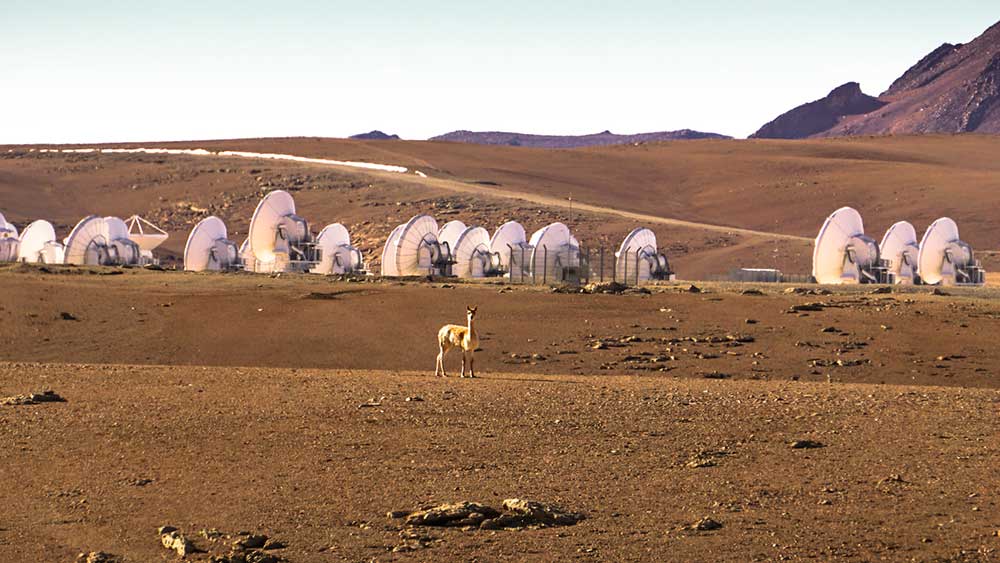
Pablo Carrillo
A vicuña patrols the ALMA site.
[click to enlarge]
ALMA Science Sustainability
The Cycle 9 Call for North American (NA) Development Project Proposals was announced 15 January 2021.
The ALMA Development Projects Implementation Plan is available for review and describes the fundamental processes for project proposal and review. Principal Investigators and funded Co-Investigators for NA ALMA Development projects or studies must have as their primary affiliation a U.S. or Canadian institution. Priority will be given to Projects which align with the ALMA Development Roadmap (ALMA Memo 612). Topics of particular interest to the NA ALMA Partnership include larger bandwidths and improved receiver sensitivity, such as would be provided by an upgraded correlator and receivers. Second Generation Correlator proposals must meet the specifications of the Correlator Working Group report, the first draft of which is published with the Call. If you are considering a Front-end or Correlator submission, see the draft ALMA 2030 System Specification Recommendations published with the Call.
An informational webinar with a question/answer period will be held 16 February 2021. Registration is required to attend the webinar, see the Coordination Meeting Webpage for more information.
All proposals and resulting instrumentation must comply fully with ALMA standards for system interfaces, interoperability, and documentation. NRAO staff can help applicants develop plans or steer them toward relevant documentation, upon request and with sufficient notice.
If you are planning or even considering proposing in response to this Call, you must file a Notice of Intent before 1 March 2021. In contrast to previous Calls, submission of a Notice of Intent is mandatory.
The deadline for receiving the proposals is 9 April 2021. Project execution can only begin after adjudication at the November 2021 ALMA Board Meeting.
ALMA Cycle 8 2021 Pre-Announcement
Following the postponement of Cycle 8 because of the COVID-19 pandemic, the Joint ALMA Observatory (JAO) will start the next cycle of observations, referred to as "Cycle 8 2021", in October 2021. A Call for Proposals with detailed information on Cycle 8 2021 is anticipated to be issued 17 March 2021 and the deadline for proposal submission will be 21 April 2021. Please see the Cycle 8 2021 Pre-announcement at the ALMA Science Portal for details.
Joint ALMA Observatory Return to Operations
Progress continues apace on ALMA's return to operations. A methodical power-up of key Array Operations Site Technical Building electronics, and antenna systems, has begun after a thorough checkout. Most 12m antennas are powered and front ends are cooled, or cooling. Total power and interferometric data have been taken on a few elements and antennas are being released for potential science at a steady rate. These are major milestones towards the planned resumption of the Cycle 7 observing program in March 2021.
ngVLA Project News
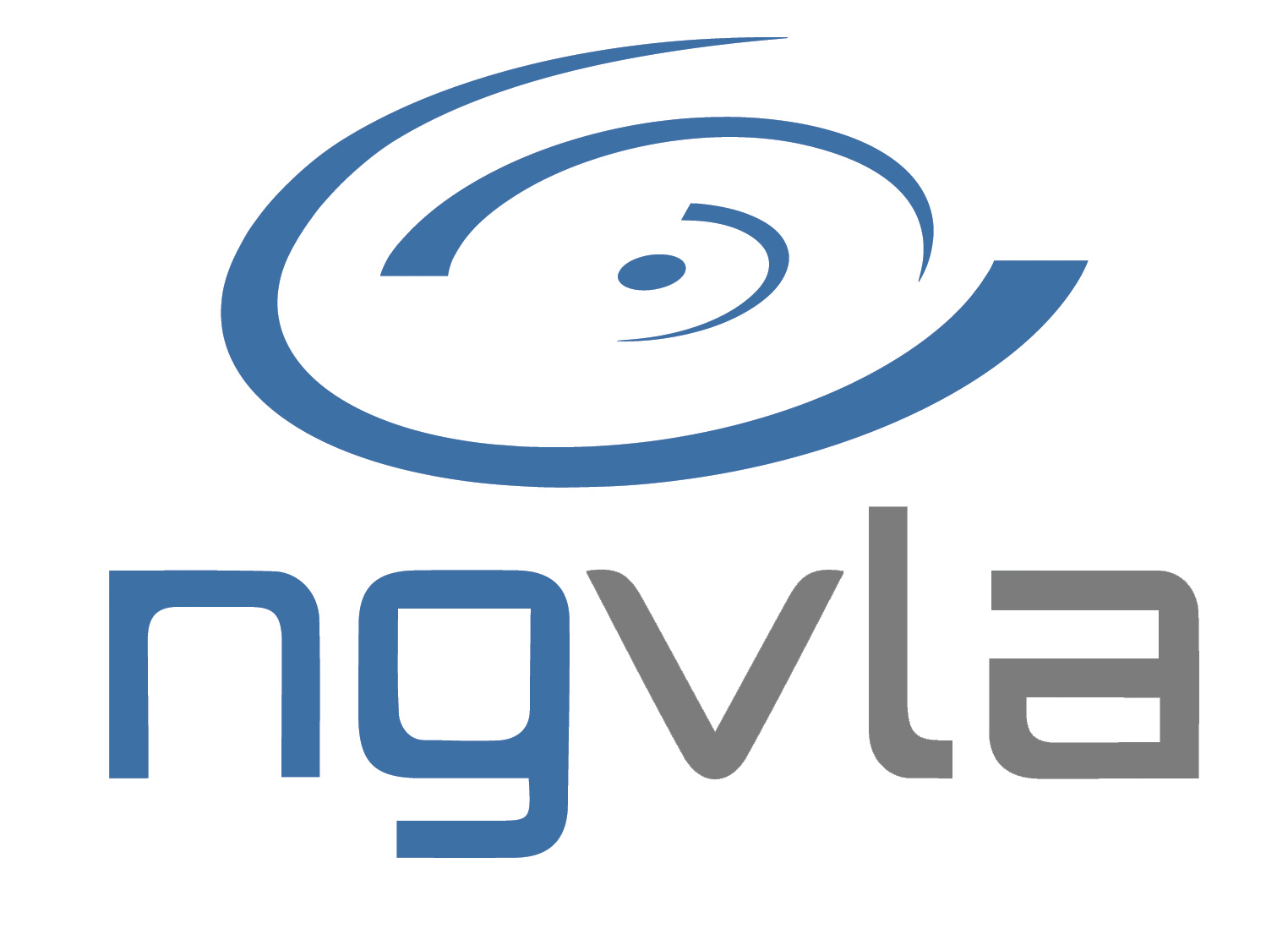
Fourth Round of ngVLA Community Studies
The next generation Very Large Array (ngVLA) Community Studies Program is a funding opportunity for further developing the most compelling ngVLA science and technical questions. The program's fourth call for proposals closed last month. After external and internal review, seven scientific or technical studies were approved.
ngVLA Project at the Virtual Winter AAS Meeting
The ngVLA Project thanks the presenters and attendees who made the January American Astronomical Society (AAS) Special Session on New Views of Galaxy Formation and Evolution such a success. The six oral presentations were viewed by 160+ attendees and the 20 iPoster presentations motivated healthy Slack-channel dialogs. These presentations are available online.
Witnessing Terrestrial Planet Formation with the ngVLA
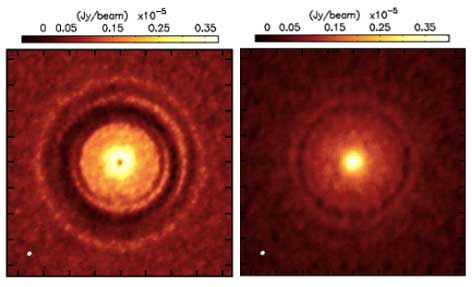
Dust continuum simulations at 3mm for a disk with substructures due to (left) a Super Earth planet and (right) an Earth-mass planet. Both planets are at 3 AU from the star, and the distance of the disk is 140 pc. Each image is 100 mas (14 AU) on a side and has a resolution of 1.7 mas (0.23 AU) x 1.3 mas (0.19 AU).
[click to enlarge]
The discovery of thousands of exoplanets has shown that the birth of planets in young circumstellar disks is a very efficient process in nature (e.g., Andrews 2015).
The very broad range for the physical properties inferred from the growing population of known exoplanets is mostly determined from the physics of the planet formation processes. These include the gravitational interaction between the forming planet(s) and the disk (Kley & Nelson 2012), as this strongly affects the location and mass accretion history of planets, and in turn sets the chemical ingredients of the planetary atmosphere inherited from the disk.
Evidence for this planet-disk interaction can be obtained via high-angular resolution observations of protoplanetary disks located in nearby star forming regions. Thanks to its sensitivity and resolution at wavelengths of 3mm and longer, the ngVLA will provide an unparalleled opportunity for hunting young planets in the terrestrial planet forming regions by resolving planet-driven substructures in the continuum emission of the dust disks (Ricci et al. 2018).
Recently, Harter et al. (2020) investigated the capabilities of a future ngVLA to detect the dusty substructures predicted from 2D hydrodynamical simulations which account for the dynamics of gas and dust in a disk with an embedded planet (Zhang et al. 2018). Harter et al. show that the ngVLA can resolve structures induced by low-mass rocky planets and Super Earths down to orbital radii of 1-2 AU, under the assumption of low gas viscosity (see figure). Furthermore, the astrometric precision of the ngVLA will allow the detection of proper motions of the azimuthally asymmetric structures in these disk regions with multiple observations separated by only a few weeks. In brief, these results show that the ngVLA with the current design will transform the fields of terrestrial planet formation and protoplanetary disks.
Since 2015 the acronym ngVLA has appeared in 650+ publications indexed in the SAO/NASA Astrophysics Data System. This article continues a regular feature intended to highlight some of those publications. We are especially interested in showcasing work done by early-career researchers. Anyone wishing to volunteer to author a feature should contact Joan Wrobel.
VLBA Achieves 10-station Real-time Correlation at 128 Mbps
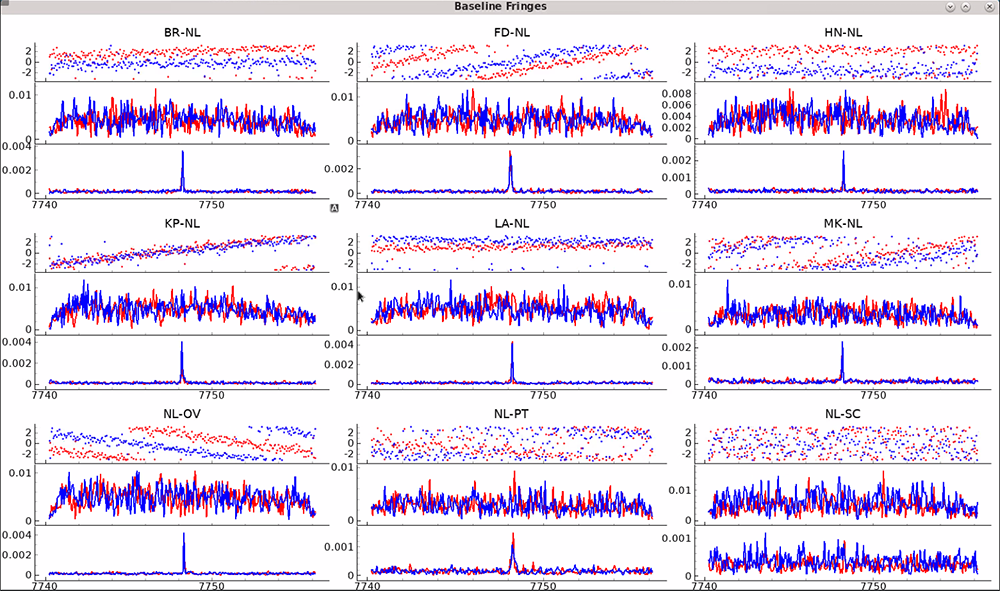
[click to enlarge]
The Very Long Baseline Array (VLBA) was built as a non-real-time instrument with initial network connectivity to the VLBA operating center in Socorro, NM at ~ 56 kbps (dial-up modem speed), just sufficient to allow for monitor and control of the antennas. Science data were recorded on large glass-reel tapes at data rates up to 128 Mbps and shipped to the VLBA correlator in Socorro for processing. The VLBA has increased its connectivity and data rates over time. In 2006, the VLBA completed its transition to first-generation Mark5 hard-disk recorders. In the past decade, the network connectivity was increased to 1.4 Mbps while the sustainable data rate at each VLBA antenna grew to 4 Gbps with the advent of the Mark6 hard-disk recorders, a factor of 32 increase since early operations. Additional opportunities led to four VLBA antennas being outfitted with networks capable of 1 Gbps speeds.
In 2018, the National Science Foundation awarded NRAO funds to improve the network capability with initial goals of achieving a minimum link speed of 200 Mbps to all VLBA antennas and deploying end-point electronics to support eventual speeds up to 10 Gbps. This goal was met in early December 2020. On December 18, 2020, a first full-scale test of the fiber network was executed, yielding successful correlation of all 10 VLBA antennas at data rates of 128 Mbps. The image shows a snapshot of the correlation in action, presenting cross-spectra of 9 VLBA antennas against North Liberty, which was used as the reference antenna.
The test was performed using various new and existing software components. The DiFX software correlator performed cross-correlation. In addition to writing the output to files, real-time fringe-fitting analysis was performed, yielding a continuous display as shown in the figure. The setup also made use of "vlitebuf", a piece of software initially developed for the VLA Low-band Ionosphere and Transients Experiment (VLITE). One instance of this program was instantiated on the correlator cluster for every VLBA antenna to convert the incoming data stream into a file-based representation. This allowed DiFX to be used without modification. This test made early use of a new piece of software that is used to flexibly route baseband data, and in some cases, perform in-place processing. In this test, one instance of this software ran at each VLBA station.
This demonstration marks the onset of the VLBA's real-time capabilities. Going forward there are a number of exciting possibilities that will be explored and, hopefully, put into routine use. The first is likely to be real-time diagnostics to indicate proper functioning of the VLBA. This is especially important in cases where problems are being diagnosed or new equipment is installed. This capability is anticipated by end of September 2021. A second exciting possibility is remote data recording. This would be the first step toward removing disk shipment from the VLBA operations model. One VLBA antenna is connected at 10 Gbps data rate. At this capacity the data recorder could be moved from the VLBA site to the VLBA correlator in Socorro. This has the potential to reduce wear and tear on disks and to reduce latency. The ultimate desire is full-data-rate real-time operations, obviating the need to store data on disk prior to correlation. This would allow operational simplifications and would allow users to access their data nearly immediately after an observation has completed.
Virtual VLBA Tour
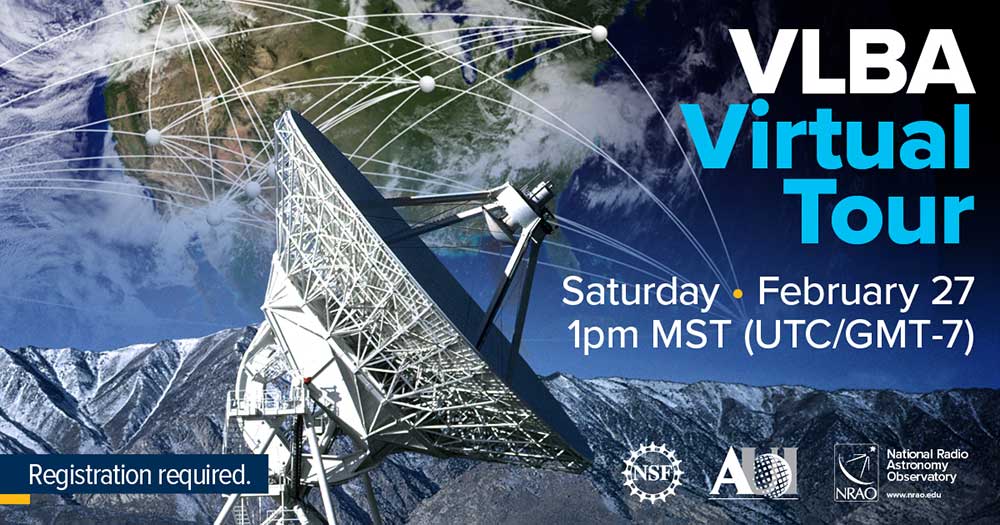
[click to enlarge]
If you want to know more about the Very Long Baseline Array (VLBA), but were afraid to ask, the STEAM Education Team is offering a Virtual VLBA Tour on Saturday, 27 February 2021, 1:00 p.m. MST / 3:00 p.m. EST.
Scattered across North America, from Hawaii to the Virgin Islands, are ten radio antennas that, when their data is combined, create the continent-sized telescope called the Very Long Baseline Array (VLBA). Built from 1986 to 1993, the VLBA has unmatched pinpoint accuracy that allows astronomers to measure the positions and distances of cosmic objects to determine their masses, composition, and movement.
Join us for a virtual tour to learn more about the VLBA and the scientific work that it does. Guest speakers TBA.
Registration via Zoom is required, and more info is available online.
2021 Jansky Lectureship – Call for Nominations
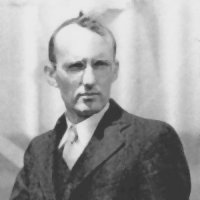
The Karl G. Jansky Lectureship is an honor established by the trustees of Associated Universities, Inc., to recognize outstanding contributions to the advancement of radio astronomy. First awarded in 1966, it is named in honor of the man who, in 1932, first detected radio waves from a cosmic source. Karl Jansky's discovery of radio waves from the central region of our Milky Way Galaxy started the science of radio astronomy.
The 2021 Jansky Lecturer will have made significant contributions related to radio astronomy, and will promote the appreciation of the science of radio astronomy through public lectures at the NRAO sites. A demonstrated ability to engage a wide audience will be a factor in determining the awardee. Visit the Jansky Lectureship website for a list of the previous recipients of this prestigious award.
Additional information, including the nomination and selection process, is available online.
Nominations for the 2021 award should be concise (~1 page) and address both the nominee’s contribution to the advancement of radio astronomy and their potential to increase public appreciation through the Jansky Lecture.
Nominations should be sent to jburns@nrao.edu by 31 March 2021.
NRAO scientific staff will be given an opportunity to vote on nominations received and the results will be included in the recommendation to the NRAO Director.
Arizona Radio Observatory 2021A Call For Proposals

Next deadline for proposals is 23:59 MST on February 15, 2021.
Proposals should be emailed as a single file in PDF format to:
astro-aroproposals@list.arizona.edu
The Arizona Radio Observatory (ARO) solicits proposals for the 10-meter Submillimeter Telescope (SMT) located on Mount Graham, Arizona, for the period March 15, 2021 – June 15, 2021. No new proposals for the ALMA Prototype 12-meter Telescope (12m) located on Kitt Peak, Arizona will be accepted for this current call as proposals from the 2020A call for proposals are being observed during the 2021A proposal period. Proposal candidates should submit up to three pages of scientific and technical justification (including figures, tables, and references) in addition to their Proposal Summary Sheet.
All proposal candidates are required to list on the Proposal Summary Sheet their requested observing blocks (the exact LST ranges to be scheduled and number of times to be repeated), dates on which they are not available to observe, and dates in which sources in those observing blocks are within the Sun-avoidance zone (45 degrees at the SMT).
The 10m SMT currently supports dual-polarization sideband-separating (SBS) observations at 1mm (211 – 280 GHz) and dual-polarization double sideband observations at 0.8mm (325 – 370 GHz). The SMT control system supports both dual-polarization ("2 IF mode") and dual-polarization + dual-sideband observations ("4 IF mode") with tunable IF from 4.5-7.5 GHz, for position-switched, beam-switched, and OTF observations. Proposal candidates should consult the ARO Equipment Summary and Status sheet for additional technical specifications.
The SMT is currently restricted to remote observing. Observers must supply fixed IP address(es) of the computer(s) that will be used during observing on their Proposal Summary Sheet. For further information about remote observing and other operational questions, please contact the ARO Software Engineer Natalie Gandilo.
Proposals will be reviewed by the ARO TAC and scheduling of successful proposals will be done according to availability of the receivers requested. The telescopes are expected to be available to the general astronomical community for a minimum of 10 percent of the scheduled time. Institutions (or individuals) outside of the State of Arizona that wish to acquire longer commitments of time through a limited duration agreement with The University of Arizona should contact Buell Jannuzi, Director.
SMA Call for Standard Observing Proposals for 2021A Semester

We wish to draw your attention to the next Call for Standard Observing Proposals for observations with the Submillimeter Array (SMA). This call is for the 2021A semester with observing period 16 May 2021 - 15 Nov 2021.
Standard Observing Proposals Submission deadline: Thursday, 4 March 2021 21:00 GMT
The full Call for Proposals, with details on time available and the proposal process are available at the SMA Observer Center (SMAOC) at http://sma1.sma.hawaii.edu/call.html.
Details on the SMA capabilities and status can be found at http://sma1.sma.hawaii.edu/status.html; proposal creation and submission is also done through the SMAOC at http://sma1.sma.hawaii.edu/proposing.html. We are happy to answer and questions and provide assistance in proposal submission, simply email sma-propose@cfa.harvard.edu with any inquiries.
Lewis Snyder (1939–2021)
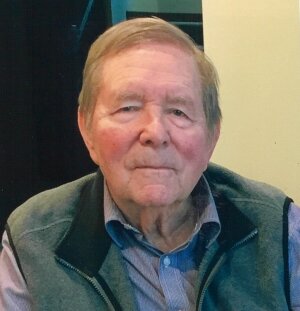
Dr. Lewis Snyder
[click to enlarge]
It is with great regret that we report the death of our longtime friend, colleague, and mentor, Lewis (Lew) Emil Snyder who died at his home on 3 February 2021 at the age of 81. Snyder was a pioneer in the field of molecular astrochemistry and provided scientific motivation for the modern generation radio observatories such as ALMA.
In 1969, as an NRAO scientist, Snyder led a research team that discovered the formaldehyde molecule (H2CO) in the interstellar medium using the 140-Foot Telescope in Green Bank. This was the first polyatomic molecule detected in space that contained more than a single heavy atom, and demonstrated that complex molecules could form and persist in space. Prior to this discovery, only inorganic species had been detected consisting of hydrogen atoms and single heavy atom (carbon, oxygen, or nitrogen).
The detection of interstellar formaldehyde forever changed the landscape of astronomy and started the new science of astrochemistry. As Snyder stated in his detection paper:
“The detection of interstellar formaldehyde provides important information about the chemical physics of our galaxy. We now know that polyatomic molecules containing at least two atoms other than hydrogen can form in the interstellar medium. Their formation apparently does not require extremely unusual interstellar conditions since we detected H2CO in clouds at various distances between earth and the background radio sources... Hence large regions of the galaxy may be filled with clouds containing formaldehyde… This evidence coupled with the recent discovery of ammonia in the galactic center and water in several sources indicates that processes of interstellar chemical evolution may be much more complex than previously assumed.”
Since this discovery, well over 200 distinct molecules have been detected in a variety of astronomical environments, ranging from the first molecular gas produced in the most distant galaxies, to molecular clouds and star formation regions in our own Galaxy, to the atmospheres of moons around the major planets. In 50 years of molecular discovery, the rate of new molecules discovered in astronomical environments has stayed nearly constant at about four new molecule detections per year, largely attributable to Snyder’s pioneering work. Snyder was responsible for about 20 astronomical detections of new molecules, including the significant diagnostic molecules HCO+ and HNC, and 150+ publications over the course of his career.
In addition to his work on detecting new astronomical molecules, Snyder characterized the range of molecules in the interstellar medium, was one of the first researchers to recognize the possibility of biologically-significant molecular species in interstellar space, and revolutionized our understanding of the chemical complexity of cometary comae. Snyder was also an expert in the application of interstellar maser emission as an astrophysical diagnostic, and was responsible for the first detection of the interstellar silicon monoxide (SiO) maser.
In 1983, Snyder was a member of the NSF committee chaired by Prof. Alan Barrett that recommended the construction of a U.S. national millimeter / submillimeter array. This recommendation was adopted as the MMA project, which eventually merged to form the international ALMA Observatory project. Snyder was one of the first directors of BIMA, a millimeter-wave array and precursor of ALMA, jointly operated by the University of California Berkeley, University of Illinois, and the University of Maryland.
After leaving NRAO, Snyder held faculty appointments at the University of Virginia and, for over 30 years, as a professor at the University of Illinois. He also held appointments at the University of Colorado and at the Max-Planck-Institut für Radioastronomie in Bonn, Germany. Snyder mentored dozens of students, postdocs, and early-career faculty and scientists, many of whom are still actively working in the field of astrochemistry. Lew Snyder’s pioneering contributions to astronomy, his commitment to expanding our knowledge of the chemical understanding of the universe, and his contributions to the next generation of scientists form a lasting legacy.
The Lewis E. Snyder Astrochemistry Award is presented yearly at the International Symposium on Molecular Spectroscopy in recognition of Lew’s commitment to expanding our knowledge of the chemical understanding of the Universe and to developing the next generation of scientists dedicated to building a scientific literate community.
Recent Media Releases
|
Featured Video: Rotating Galaxy Disks in the Early Universe |
|
|
Next Generation VLA Endorsed by Canadian Panel |
|
|
Successful Test Paves Way for New Planetary Radar |
|
|
The Very Large Array: Astronomical Shapeshifter |
|
|
ALMA Takes First Step Toward Return to Service |
|
|
Quasar Discovery Sets New Distance Record |
From the Archives
Ellen Bouton

[click to enlarge]
About this month's photo: If in October 1979 you had visited the room at the Very Large Array (VLA) site which now houses the Wideband Interferometric Digital Architecture (WIDAR) correlator, you might have seen the console of the Digital Equipment Corporation (DEC) System 10, which was the original mainframe computer for the VLA. Any computer of that era had tape drives, which you may have seen in earlier films such as "Dr. Strangelove," but which were in a set of racks to the left of the picture. For the first few years of the life of the VLA, all data was processed though this computer. It was upgraded soon thereafter, so a visit during the filming of "Contact" a decade later would have shown the later model. The people in this picture were the DEC 10's guardians, operators, and supporters, (L to R): Gareth Hunt, Ina Cole, and Al Braun. Since Gareth is on the phone, it is likely that the photo was taken when there was a problem, and a call to DEC for hardware or operating system software support was in progress. However, everyone looks fairly relaxed, so presumably a positive outcome was imminent. (Thanks to Gareth Hunt for caption information.)
From the Archives is an ongoing series illustrating NRAO and U.S. radio astronomy history via images selected from our collections of individuals' and institutional papers. If readers have images they believe would be of interest to the Archives, please contact Ellen Bouton.

